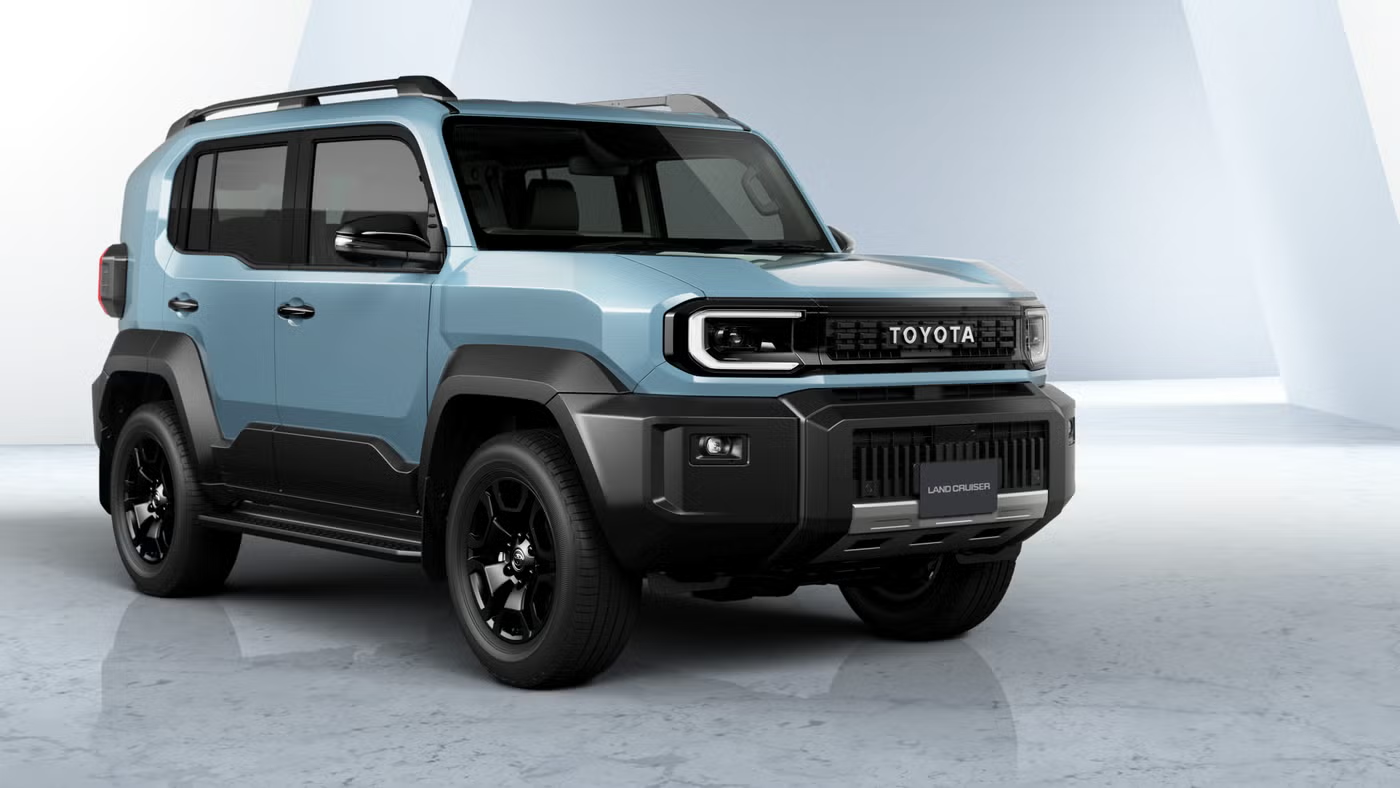Tesla Rivals Struggle to Catch Up in Essential EV Charging Infrastructure
Reports on manufacturing, labor and earnings with clear, practical context. Drives a Tesla Model 3 RWD; family hauler is a Volvo XC60.
As electric vehicles (EVs) gain traction globally, Tesla continues to set the pace with its comprehensive charging network, leaving competitors struggling to keep up. This disparity in infrastructure is becoming increasingly critical as more consumers adopt EVs, highlighting a significant gap in the market.
Tesla has long been at the forefront of the electric vehicle revolution, not just in terms of vehicle design and performance but also with its robust charging infrastructure. The company’s Supercharger network is a cornerstone of its success, providing Tesla owners with convenient and reliable access to charging stations across the country. Recent data from Paren’s Q3 report highlights Tesla's dominance in this sector, revealing that the company installed 1,820 new chargers in the United States alone during the quarter. This brings Tesla’s total to 34,328 charging stalls, capturing an impressive 53.2% of the market share.
In stark contrast, the collective efforts of other networks such as ChargePoint, Electrify America, and EVgo amounted to only 841 new installations in the same period. Despite the combined involvement of nine companies, their total number of charging stalls in the U.S. stands at 10,055, accounting for just 15.6% of the market. This disparity is becoming a significant concern as electric vehicles become a more common choice for consumers. While most EV owners rely on home charging, the availability of public charging stations is crucial for long-distance travel and for those without residential charging options.
Tesla’s decision to open its Supercharger network to other EV brands over the past two years has somewhat alleviated the burden on non-Tesla EV owners. However, the fact remains that few companies have been able to match Tesla’s pace in expanding their charging infrastructure. This ongoing gap raises questions about the future of EV adoption and the ability of other manufacturers to compete effectively. The lack of competitive pressure on Tesla in the charging sector could also lead to complacency, which might stifle innovation and improvements that benefit consumers.
The importance of a robust charging infrastructure cannot be overstated as the automotive industry shifts towards electric mobility. It is a critical component of the EV ownership experience and a key factor in the broader acceptance of electric vehicles. As the demand for EVs continues to rise, the pressure on charging networks will only increase. This situation presents both a challenge and an opportunity for Tesla’s competitors. They must accelerate their efforts to build charging stations to not only support their current customers but also to attract potential buyers who may hesitate to purchase an EV due to charging concerns.
Looking forward, the landscape of EV charging infrastructure is likely to evolve significantly. For Tesla, maintaining its lead involves continuous innovation and expansion, ensuring its network remains the most extensive and reliable. Meanwhile, other companies need to leverage technological advancements and strategic partnerships to close the gap. The future of EV adoption in the U.S. depends heavily on these developments, with the potential for a more competitive market benefiting consumers through better services and more choices.
About Priya Nair
Reports on manufacturing, labor and earnings with clear, practical context. Drives a Tesla Model 3 RWD; family hauler is a Volvo XC60.



